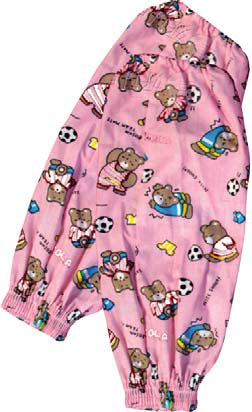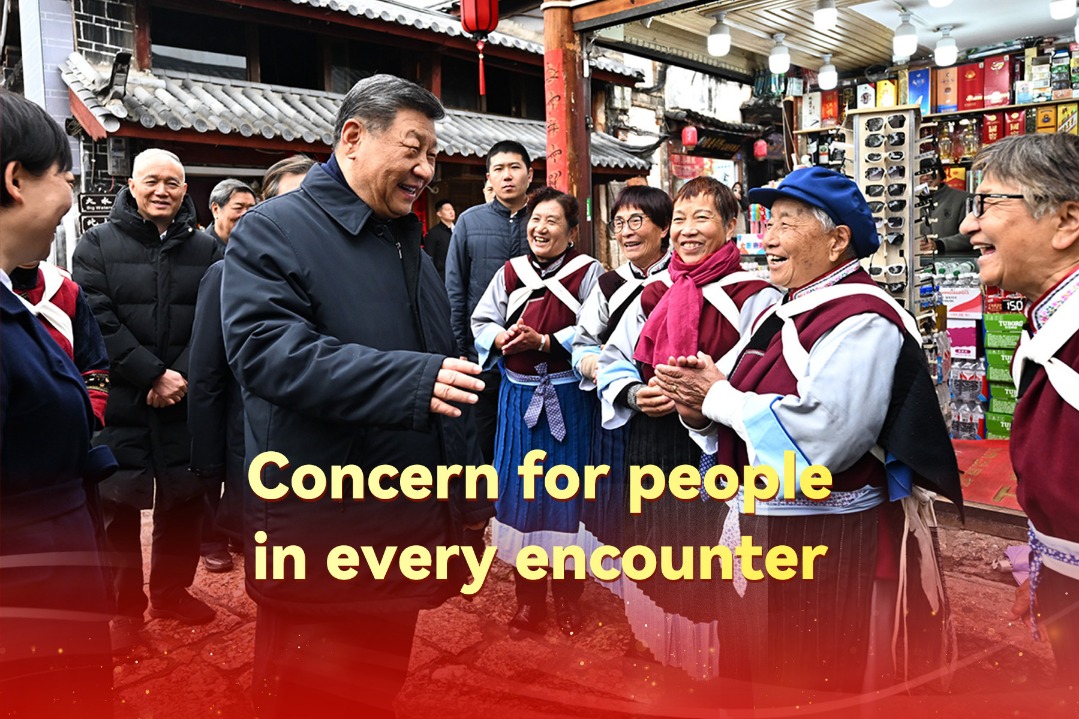Winter warmth


From the so-called warm baby to medicinal plasters, Chinese have their own ways of staying comfortable and healthy during the cold months

1. Heat patch
暖宝宝
The heat patch, literally "warm baby", has become the Chinese woman's favorite companion during the harsh winter. Invented in Japan, this little patch relies on the chemical reaction between oxygen and a mixture of iron, vermiculite, mineral salts, carbon dust and so on to release heat. With a convenient and essentially invisible heat source close to your body, who needs clunky, frumpy sweatpants? Yes, to black leggings and miniskirts!

2. Fire table
烤火桌
For central heating, people in North China have their kang (炕, bed stove) while those in South China have their fire tables. While a kang is a brick bed heated by a stove attached to one end, a fire table is a wooden rack with a stove in it, covered with a blanket. People huddle around the fire table, laying their feet or hands on the rack to shield themselves from the brutally wet and freezing southern winter.

3. Thermal pants
保暖裤
Long underwear is a fashion disaster that teenage girls can't wait to outgrow. Before the skinny version became popular, parents nagged their children to wear plaster-white, puffy cotton pants (棉裤) inside their trousers so that the cold wouldn't creep up their legs and give them arthritis when they grew old. Along with cotton shirts, they would make even the skinniest girls look 5 kilograms heavier. The most famous example is called "autumn pants" (秋裤, also jokingly named "chill cools") in the North and "cotton sweater pants" (棉毛裤) in the South. They were such an insult to style that a fashion editor once famously banned all her employees from wearing them.

4. Oversleeves
袖套
Oversleeves are the most horrible winter accessories ever to creep from the bowels of winter fashion. Typically forced on kids by parents over cotton-wadded jackets to avoid dirt, oversleeves are like napkins you have to keep tucked into your collar all the time. To make matters worse, they are often in bright colors and loud floral patterns. Sensitive and self-aware, today's youngsters and teens would equate the style to that of a country bumpkin - a tacky, low-class fashion catastrophe.

5. Medicinal plasters
膏药
In traditional Chinese medicine, every season is an opportunity to improve one's health, especially winter. The saying "cure winter ailments during the winter" (冬病冬治) manifests itself in medicinal plasters. The best time to get patched up is said to be the winter solstice or the "third nine" (三九, the third nine-day period after the winter solstice, that is, day 19 to 27). Whether it is asthma, coughing, joint pain or chills, medicinal plasters promise to alleviate and even cure the root of the problem.

6. Wine warmer
温酒壶
Who does not like getting drunk on a cold winter's night? While alcohol usually is served cold or on ice in the West, Asian cultures often prefer alcohol served warm during cold weather, believing that cold wine not only is odd in the winter but also hurts the stomach. That's where the wine warmer comes in. Commonly ceramic and similar to a sake set, these booze warmers are usually comprised of a flask, cups and another vessel to fill with hot water. Huangjiu (yellow rice wine) is recommended to be served at 60 to 70 C, whereas baijiu is suggested to be warmed up to 30 to 40 C.
Courtesy of the World of Chinese, www.theworldofchinese.com
The World of Chinese
(China Daily Africa Weekly 11/21/2014 page27)






























